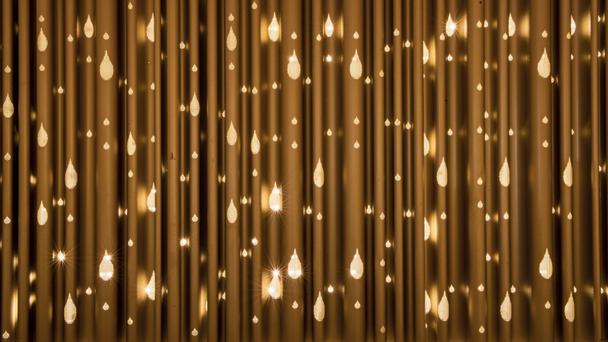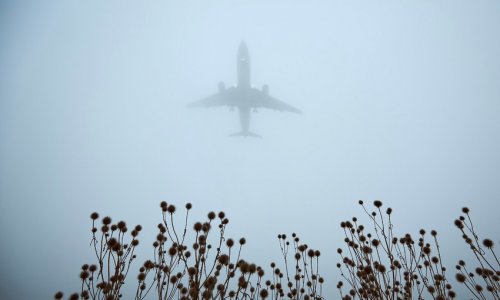Unveiled on 12 February, Terminal 2 is a show of grandeur. The 400,000sqm project – which cost 12,500 crore rupees – has a 10-storey parking garage, 188 check-in counters and 136 immigration counters. Design-wise, the most spectacular aspect of Terminal 2 is its lattice roof, which is studded with special, light-sensitive lenses that look like peacock feathers overhead.But the terminal’s most intriguing feature is Jaye He (Glory to India), India’s largest museum, with 7,430sqm of art visible on all four levels of the airport. With an estimated 40 million passengers travelling through the airport annually, the museum will surpass the number of visitors (about nine million) to the Louvre in Paris. (Only ticketed passengers can access the new structure.)The terminal displays around 7,000 works from craftsmen, cities, villages, collectors and museums across India, as well as 100 commissioned contemporary works, some by Indian artists as renowned as Mithu Sen, Riyas Khomu and Nek Chand. Pieces include a 22m mural called Journey Across Time, featuring moving components that change as passengers pass by on the moving walkway, and another mural that spans 3.5km. Also on display is an interactive installation in which water flows from antique spouts that produce musical notes when touched. Other works include 100 cowdung figurines made by women living in Mumbai’s slums and 19th-century restored wooden totems from Morung, in the state of Nagaland.To make sense of the many works, QR codes let passengers view films shot by the regional artists’ family members.For those who find all of this overwhelming, the airport also has around 4,925sqm of landscaped gardens (making for one of India’s largest airport gardens) and 21,346sqm of retail space to calm frayed travel nerves.(BBC)ANN.Az
India’s largest museum takes flight
World
14:00 | 27.02.2014

India’s largest museum takes flight
When Mumbai’s Chhatrapati Shivaji International Airport opened a new terminal earlier this month, it did more than enlarge one of the world’s busiest airports. It also created India’s largest museum.
Follow us !










